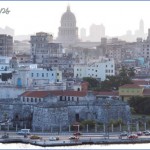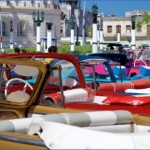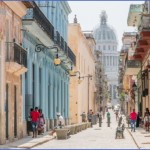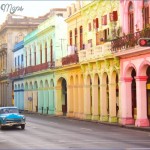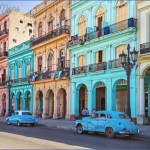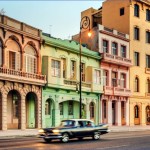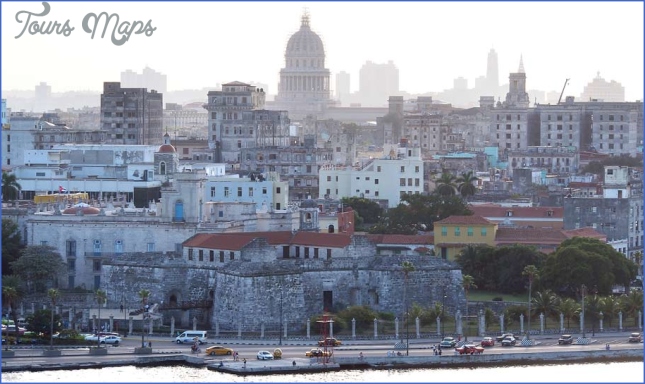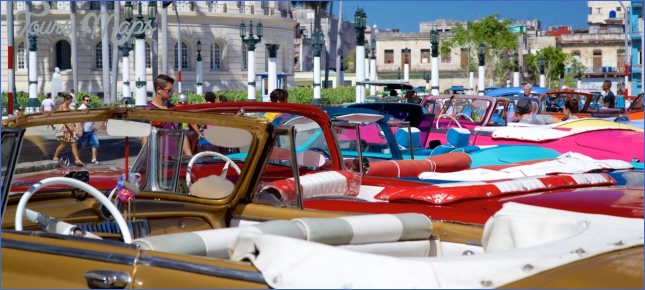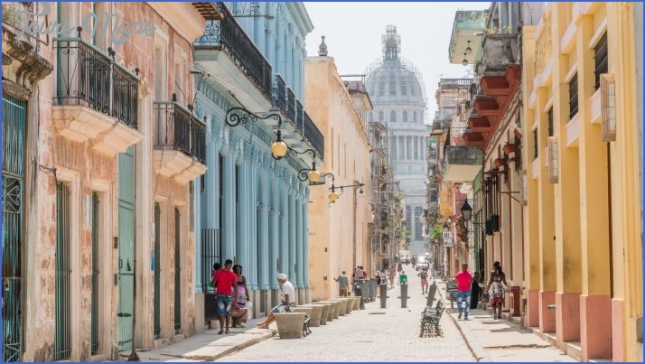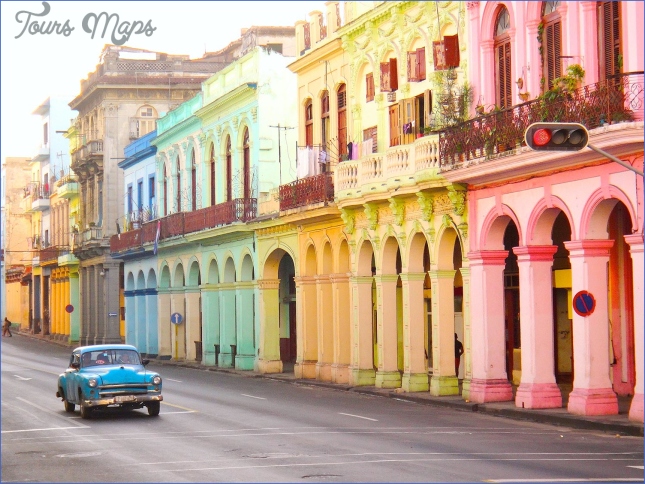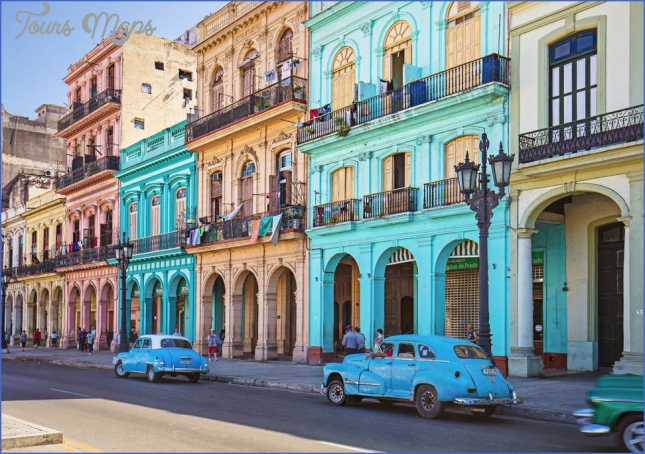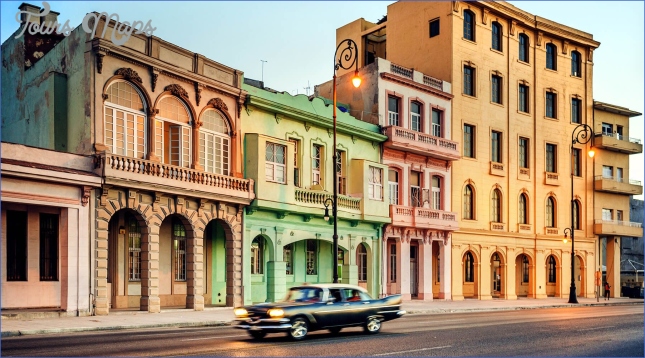Havana’s Visual arts World today The period and the style you encounter at various points around Havana might be anything from eighteenth-century classic to twenty-first-century postmodern and movements in art that emerged in between. All of this can be explored among the galleries, museums, artists’ studios and annual events that color the urban landscape of Cuba’s capital today. Along the way, you may also observe just the immediate expression of art found on less formal surfaces—walls interior and exterior, columns or any visible structure that can serve as a possible canvas. These all contribute to the ultimate take-away of Havana’s wider visual arts world. Art legacies—a visual spectrum of Cuban life across time The traveler may in fact only be able to touch the major points and highlights in one visit to the city—but rest assured, Cuba and its people are passionate about the preservation, enhancement and continued development of the visual arts spectrum. This dimension of Havana remains a permanent feast for which you can always return.
Havana Photo Gallery
The complexity of a national story portrayed at many levels, at different periods and across a huge diversity of identities and moments in time all become present as you navigate the exhibit spaces of Havana. What remains very consistent is the Cuban willingness to depict not only formal and public moments but the more intimate and human aspect too. Along with that, the vivid and distinctive character of the Cuban landscape itself, both artificial and natural, serves not only as a backdrop but frequently as the centerpoint of the work itself. The historic heart of Havana remains the prime terrain for much of the capital’s larger and institutional locations for the visual arts.
Immersing oneself in the Cuban art milieu is easy enough here at such major locations as the Museo Nacional de Bellas Artes (National Museum of Fine Arts; Trocadero, between Zulueta and Monserrate). This superbly designed large-scale museum is home to some of the collections of the island’s foremost twentieth-century artists, notably Wilfredo Lam, Carlos Enriquez and Eduard Abela. The display here ranges from the colonial period to independent and revolutionary eras, each relegated to its own gallery and section. A visit here provides an overview of Cuba’s art legacies but also a basis for exploring and understanding the divergent schools and styles within Cuban art. Also notable for their contribution to this evolving period in Cuba’s arts legacy were such women as Amelia Peláez. Her visual examination of the Cuban environment is on permanent exhibit at the National Museum of Fine Arts (second floor) and present in the stunning exterior blue abstract mural of the Vedado district’s landmark Hotel Habana Libre. For instance, colonial period works of art are still frequently found on the walls of the various former Old Havana mansions that travelers into the heart of the city can access as period museums—for instance, the drawing and day rooms of the Palacio de los Condes de Casa Bayona (San Ignacio 22, corner of Emperador)—where family and commemorative works of art reflect a way of life that remained consciously European.
Similarly, the statements of colonial rule and its values are evoked in the commemorative portraits at the nearby Palacio de los Capitanes Generales (Palace of the Captains-General; Tacón, La Habana), a Baroque-style former governor’s palace that nowadays is also home to exhibitions. Over in the newer Vedado district of Havana, which dates back to the late nineteenth century, former grand residences such as the Museo de Artes Decoratives (Calle 17 no. 502), with its extensive collection of furnishings along with art, and the Museo Napoleonico (San Miguel 1159), with its importation of French Napoleonicspecific art, the intense interest of the ruling elites in European traditions is again evident. Even so, you may also see occasionally the inclusion of Cuban life of these early times—from field hands to workers in the urban centers, be it in oil or lithograph. The Afro-Cuban dimension— diverse, vivid, powerful Cuba’s ethnic diversity is more than adequately present within the artistic timeline that can be explored within Havana’s walls—and exterior surfaces too. Again, this visual journey might begin at such points as the Museo Nacional de Bellas Artes in Old Havana, where the work of the most celebrated, such as Manuel Mendive, one of the most productive living Afro-Cuban artists, can be viewed.
Maybe You Like Them Too
- Top 10 Islands You Can Buy
- Top 10 Underrated Asian Cities 2023
- Top 10 Reasons Upsizing Will Be a Huge Travel Trend
- Top 10 Scuba Diving Destinations
- World’s 10 Best Places To Visit

